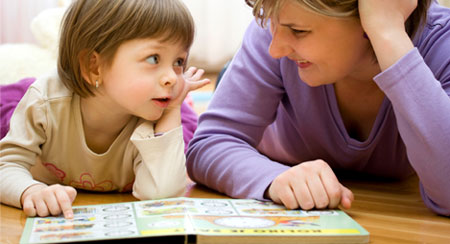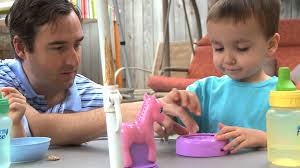It was a lot of digest at first when I realized that my child was specially abled. But with the continuous support of my husband and the fact that things in NYC are advanced enough to get a specially-abled child provide for himself at the later stages of his life, made things easy to large extent for me. However, choosing a special needs school in NYC was another big task that I still had to accomplish.

I started by preparing a list of best-known schools that could take care of my child’s ability. Now was the time to visit these schools in order to take first hand experience before sending off my child to one of them. I prepared my mind and drove to the first school on my list.
The school was beautifully decorated, taking utmost care to keep it child proof in every sense of the word. The teachers, principle and staff were very welcoming and put in every effort to make me feel at ease in the school. While walking past by the classes that teachers were only engaged with about 2 to 3 students at a time. These arrangements helped the students in getting one on one interaction with the teacher and learn lessons under complete supervision.
The play area had Labrador dogs playing in a congenial environment with the specially abled kids. At first this scared me but the principle explained that dogs were a proven way of acceptance for children who remained aloof. Also, animals tend to have a calming influence on children and I suddenly realized how happy kids were to play with the dogs.
The principle also informed me of the rewarding system they had started in the school. She explained that specially abled kids did not do well with a lot of criticism but rewards helped them get enthused about studying and performing well. So they instilled this information in their education system and gave stickers with beautiful cartoons to kids who did well in subjects. Collecting a certain amount could later be exchanged for a toy of their choice.
My first visit to the special needs school indeed made me feel special about the way my child would treated in future.






